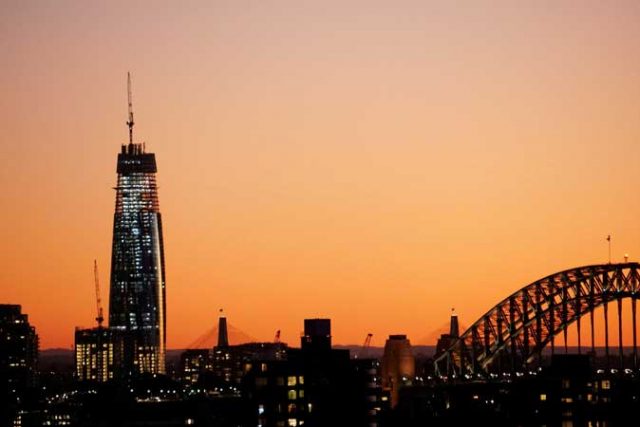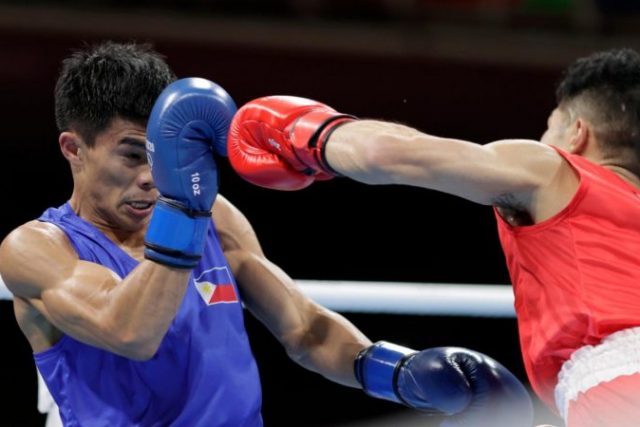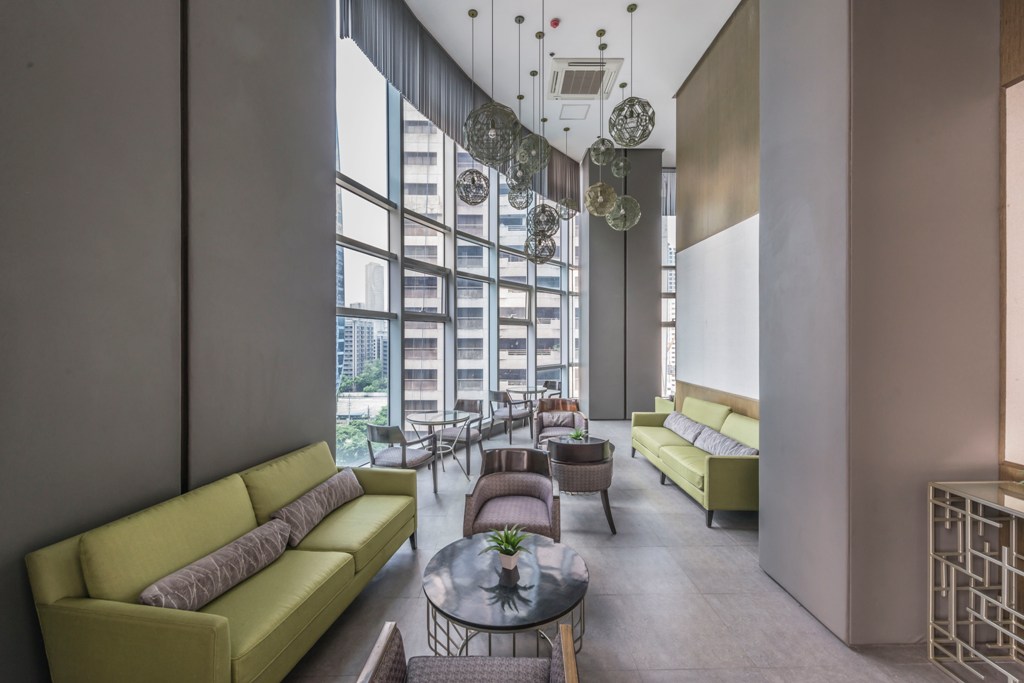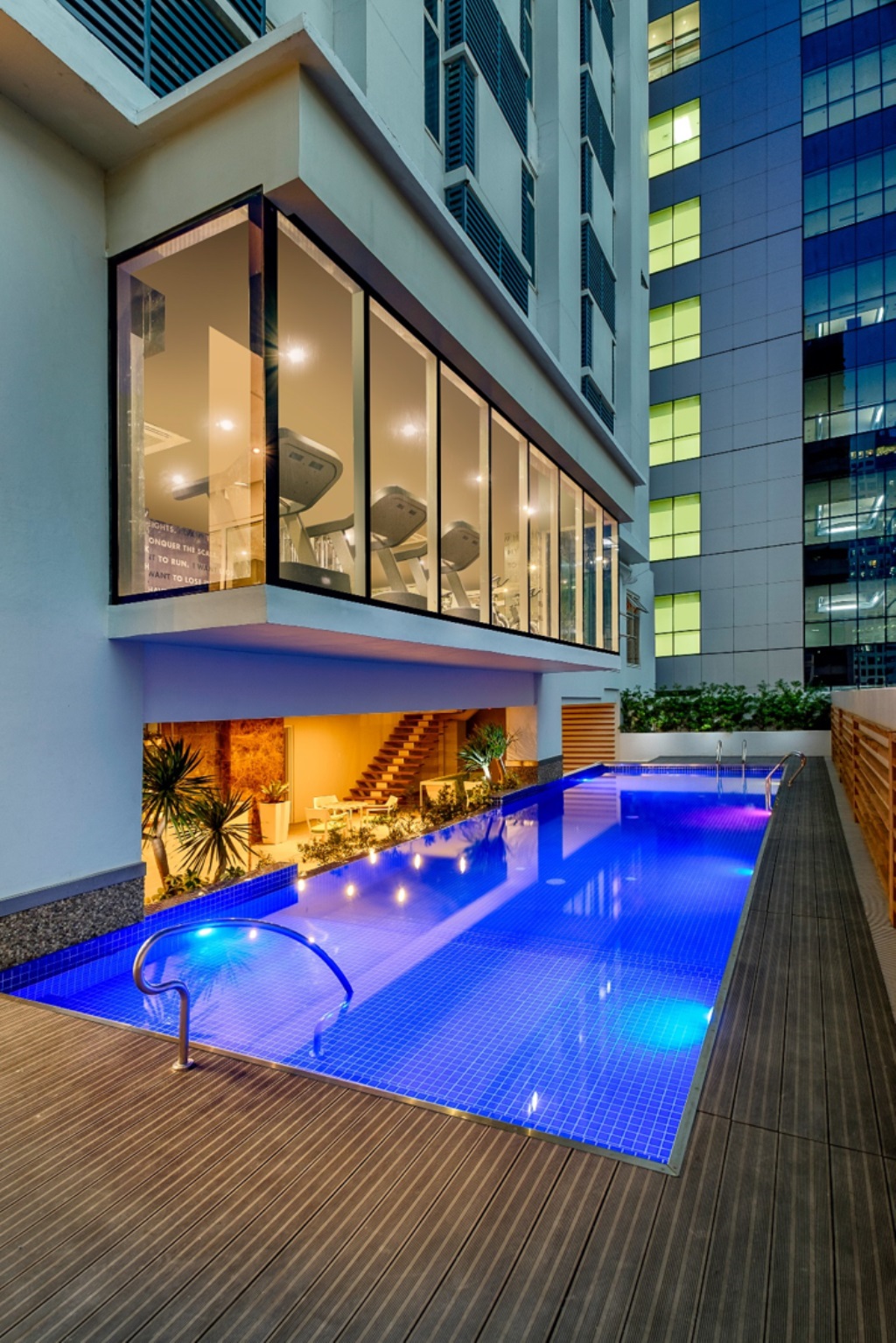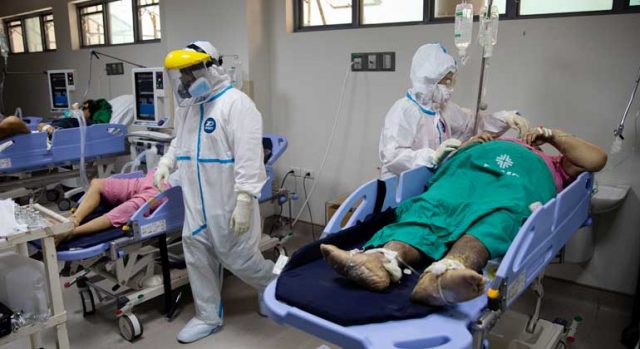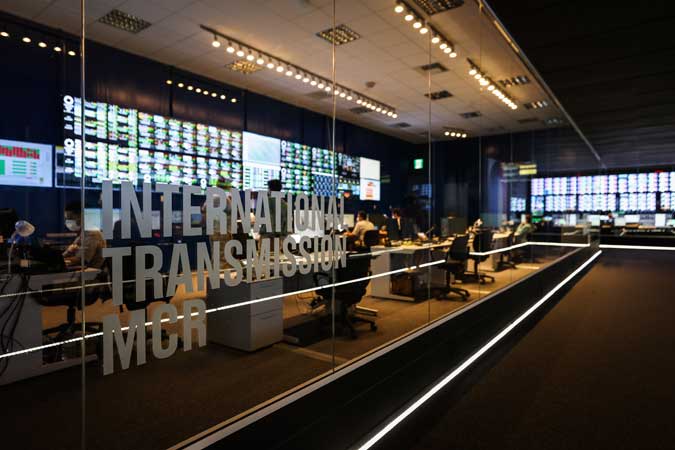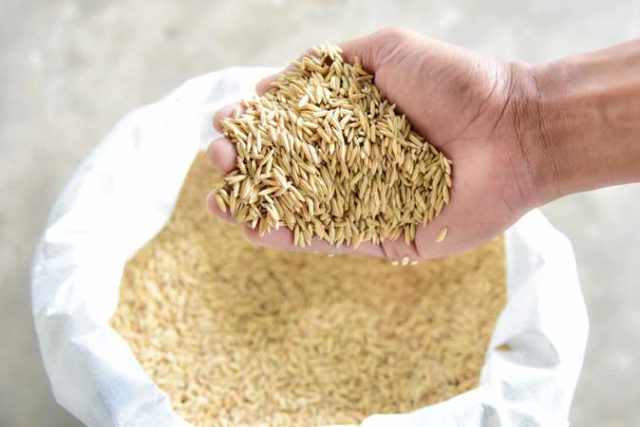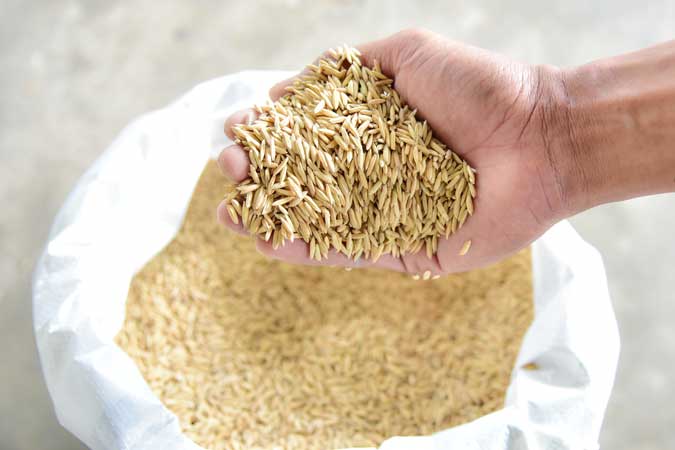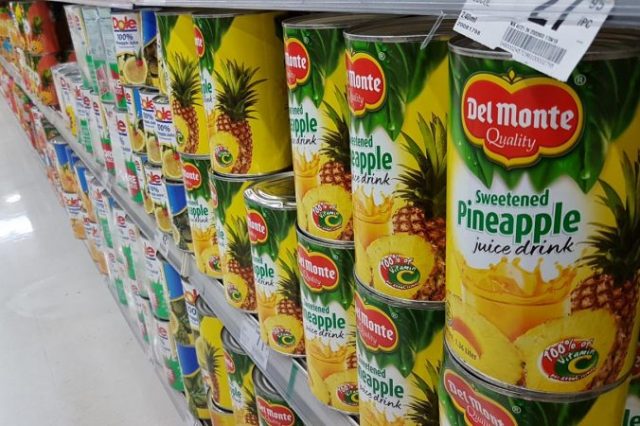vivo offers big back-to-school discounts at Shopee 8.8 Sale
Hunting for an efficient and affordable electronic device for school will be easier as leading smartphone brand vivo presents big back-to-school discounts on selected products at the Shopee 8.8 Sale.
In time with the start of a new academic year, the sale from August 8 to 9 gives shoppers discounted prices of up to P4,000 in several vivo smartphone models such as the V20, Y12s, and Y20s G (4+128), among others.
The vivo V20, originally valued at P19,999, will be priced at only P16,999 and accompanied by a P1,000 OFF voucher at the Shopee 8.8 Sale, totaling the discount for this ultra-slim-designed smartphone to P4,000.
The premium specs of the V20 include the industry-leading 44MP Eye Auto Focus selfie camera and a flagship-level 64MP rear camera. The smartphone also has an Octa-Core Qualcomm Snapdragon 720G Processor (2.3 GHz), 8GB RAM, 128GB storage (expandable up to 256GB), and 4000mAh battery with flash charge technology.
Shoppers can also look into the lesser-priced vivo Y12s, which they can get for only P5,999 along with a P300 OFF voucher, saving them a total of P800 from its P6,499 original price.
The dazzling-colored Y12s is made with a 13-megapixel main rear camera and a 2-megapixel Bokeh camera. It is also equipped with MediaTekHelio P35 chip together with 3GB of RAM and 32GB of storage. It also ships with Android 10 layered with Funtouch OS 11 out of the box.
For those who also want a smartphone that gives an entertaining mobile gaming experience, they can check on the vivo Y20s G (4+128), which is available at only P7,999 with a P300 OFF voucher — an overall discount of P1,300 from its standard price of P8,999.
Encased in a light and slim exterior, Y20s G (4+128) contains an octa-core MediaTekHelio G80 Gaming Processor, 4GB RAM, a 128GB ROM, and 5,000mAh battery. vivo also designed the Y20s G (4+128) with a 6.51-inch HD+ LCD and a triple-camera system led by a 13-megapixel sensor and a front-facing selfie camera with an 8-megapixel sensor.
With stocks for the Y20s G (4+128) stocks running out, however, those who want to avail of this model must shop early.
Four more vivo smartphones available during Shopee’s two-day sale are the Y31, Y20i 2021, Y1s, and the V21 5G.
The bestselling vivo Y31 will be priced at only P11,999 after its P1,000 discount from P12,999. The stylish vivo Y20i 2021, meanwhile, gets a discount of P200 from its P7,499 standard price. As for the slim and smooth vivo Y1s, a P600 amount of discount awaits shoppers.
| Model | Original Price (PHP) | Shopee 8.8 Price (PHP) |
| Y12s | 6499 | 5999 |
| V20 | 19999 | 16999 |
| Y20s G (4+128) | 8999 | 7999 |
| Y31 | 12999 | 11999 |
| Y20i 2021 | 7499 | 7299 |
| Y1s | 5499 | 4899 |
| V21 5G | 23999 | 21999 |
List of vivo models and their discounted prices during the Shopee 8.8 sale
Adding to the big sales is vivo’s P500 OFF midnight voucher that shoppers can use from 12 a.m. to 2 a.m. on August 8. The voucher is only limited to the first 500 buyers with a minimum purchase of P4,000.
Five more handy vouchers will also be available during the 2-day sale, together with the nationwide free shipping:
- P50 OFF voucher (no min. spend)
- P100 OFF voucher (min. spend 4000)
- P300 OFF voucher (min. spend 5000)
- P500 OFF voucher (min. spend 9000)
- P1000 OFF voucher (for V20 only)
For more details on the Shopee 8.8 Sale, visit vivo Philippines on Facebook, Twitter, and Instagram. Follow vivo Philippines’ official page on Shopee to get updated on promo announcements and check out www.vivoglobal.ph for more product information.


